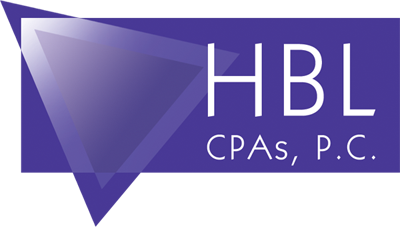Choosing between a calendar year (January 1-December 31) and a fiscal year (a 12-month period ending in any month other than December) shapes how clearly you see your financial performance, when you pay taxes, and how well your reporting aligns with clients, funders, or federal cycles. The right choice should mirror how your organization actually operates, not just the calendar.
Why Your “Year” Choice Matters
A calendar year is familiar and simple, which makes it the go-to for most small businesses and individuals. But for organizations with strong seasonal trends, such as retailers, government contractors, and nonprofits, a fiscal year can provide a more accurate picture of performance. Closing the books right after your busiest season captures that full cycle in one reporting period, making year-over-year comparisons more meaningful.
If your business operates on weekly sales or staffing patterns, consider a 52-53 week fiscal year, which keeps your closing date on the same weekday each year. The IRS outlines this option in its guide to tax years. It’s especially useful for organizations that measure productivity or revenue week by week.
If you’re unsure where to start, HBL can help evaluate your operations and model both options through our Outsourced CFO & Financial Planning services.
What a Fiscal Year Means in Government
The U.S. federal government’s fiscal year runs from October 1 through September 30, and nearly every government contract, appropriation, and grant follows that same rhythm. Agencies prepare budgets and submit funding requests under OMB Circular A-11, which governs the entire federal budget cycle.
If Congress hasn’t passed a full budget by October 1, agencies often operate under a “continuing resolution,” which keeps funding flowing temporarily but delays new projects and obligations. Once the budget is approved, there’s usually a sharp uptick in spending leading into the September 30 fiscal year-end, sometimes referred to as the “use it or lose it” season.
For government contractors and federally funded organizations, aligning your own fiscal year after September 30 can simplify accounting. It keeps all of your awards, obligations, and final billings within a single fiscal period. HBL’s Government Contracting team often recommends this approach for clients who want reporting that aligns with federal spending patterns.
Rules You Should Know
1. Establishing or changing your tax year
When you form a business, you automatically select a tax year by filing your first return. To change it later, most entities must submit Form 1128 to the IRS. Some changes qualify for automatic approval, while others require advance consent.
2. Entity restrictions
S corporations and partnerships face stricter limits. Most must use a calendar year unless they qualify under Section 444 or demonstrate a valid business purpose for a fiscal year. Corporations generally have more flexibility.
3. Filing deadlines shift
Tax deadlines move with your year-end. For example, C corporations typically file on the 15th day of the fourth month after their year closes, while partnerships and S corporations file on the 15th day of the third month. Extensions give you more time to file, but not to pay.
4. The short-year transition
If you change your year-end, you’ll likely file a one-time “short year” tax return covering less than 12 months. You’ll also need to adjust accruals, reporting, and any estimated payments to match the new period.
HBL’s Tax Planning & Preparation team can help determine whether your entity qualifies for a fiscal year and manage the filing process if you decide to make the switch.
How to Choose: A Practical Framework
- Map your seasonality. Plot monthly revenue, major costs, grant drawdowns, and award timing. If peak activity clusters late in the calendar year or at federal year-end, consider a fiscal year that ends just after that surge.
- Check entity rules. If you’re an S-corp or partnership, confirm what’s permitted before you choose a non-December close.
- Model both paths. Compare calendar vs. fiscal year scenarios, including the short-year bridge, so you can see cash, tax, and KPI impacts side by side.
- Think comparability. If your peers or board expect December closes, weigh the communication cost. Conversely, aligning with your sector’s norm (like July-June for education or late-January for retail) can simplify benchmarking.
- Plan once, not yearly. Pick a structure you can keep for the long haul. Frequent changes add cost and create confusion.
Example Scenarios
- Retail & e-commerce: Close in late January to capture holiday sales and returns within one period.
- Nonprofits & education: July-June aligns neatly with academic calendars and grant cycles, simplifying compliance.
- Government contractors: A year-end after September 30 keeps project and funding cycles consistent with federal timelines.
- Steady professional services: If revenue is consistent year-round, the calendar year remains the easiest.
How HBL CPAs Can Help
Whether you’re setting up a new entity or thinking about changing your fiscal year-end, the HBL team can help you weigh the pros and cons. Learn more about how we support clients through Outsourced CFO & Financial Planning, Tax Planning, and Government Contracting Advisory.




